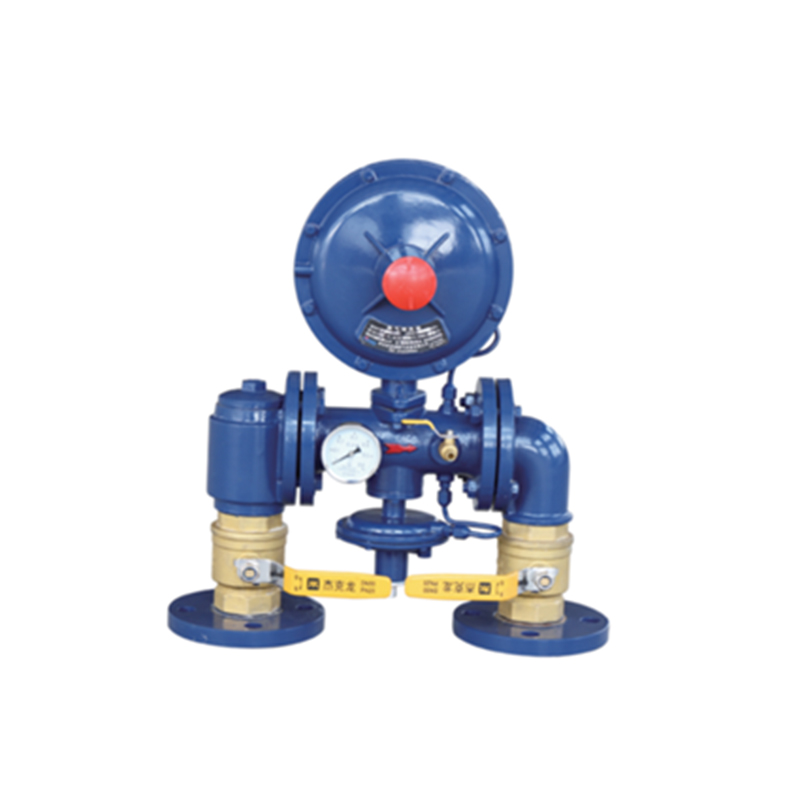
Nov . 30, 2024 23:56
Back to list
shut-off valve
Understanding Shut-Off Valves Essential Components in Fluid Systems
Shut-off valves play a pivotal role in various applications involving fluid control and management. These valves are designed to stop the flow of liquids or gases within a pipeline, enabling efficient operation and maintenance of industrial processes, water supply systems, and even residential plumbing.
What is a Shut-Off Valve?
A shut-off valve is a mechanical device that can either open or close the flow of fluid through a pipe. By manipulating a valve’s position, operators can control whether the flow is allowed or obstructed. The primary function is straightforward—when the valve is closed, fluid flow ceases, and when opened, flow resumes. This simple yet crucial operation can significantly influence safety, efficiency, and maintenance across various systems.
Types of Shut-Off Valves
Shut-off valves come in various types, each fulfilling unique functions depending on the requirements of the system
1. Ball Valves Known for their quick operation, ball valves use a spherical disc to block or allow flow. They are reliable and provide excellent sealing capability, making them suitable for on/off applications.
2. Gate Valves Typically used in systems where a straight-line flow is necessary, gate valves operate by raising or lowering a wedge-shaped gate within the valve body. They are not ideal for throttling but are effective for fully opening or closing a system.
3. Globe Valves These valves are designed for throttling and flow regulation. They feature a spherical body and provide excellent control over the flow rate, making them suitable for applications where adjustment of fluid flow is essential.
4. Check Valves While technically not shut-off valves, check valves prevent backflow and can indirectly act as shut-off mechanisms in certain systems, ensuring that fluids move in the correct direction.
5. Butterfly Valves These valves utilize a rotating disc to allow or obstruct flow. They are lightweight and require less space compared to other valve types, making them prevalent in large-scale industrial applications.
shut-off valve

Applications of Shut-Off Valves
Shut-off valves have diverse applications across various industries
- Water Supply Systems In municipal water supply, shut-off valves enable maintenance and repair by isolating sections of the pipeline, ensuring uninterrupted service to other areas.
- Oil and Gas In petrochemical sectors, shut-off valves are crucial for controlling the flow of substances through pipelines, safeguarding against leaks and spills, and allowing for safe changes and maintenance of systems.
- Heating and Cooling Systems These valves regulate the distribution of heating fluids in heating systems and manage coolant flow in refrigeration systems, enhancing energy efficiency and performance.
- Manufacturing Many manufacturing processes utilize shut-off valves to maintain control over the flow of raw materials, solvents, and final products, ensuring accuracy and safety in production lines.
Importance of Proper Selection and Maintenance
Selecting the right type of shut-off valve is critical to the success of any fluid management system. Factors such as fluid type, pressure and temperature conditions, and the required shut-off speed must be considered. Furthermore, regular maintenance is essential to ensure longevity and reliable operation. This includes routine inspections, cleaning, and prompt repairs of any leaks or mechanical issues.
Conclusion
In conclusion, shut-off valves are indispensable components in managing fluid systems. Their ability to control the flow of liquids and gases safely and efficiently makes them vital in various industries, from water treatment to manufacturing. Understanding the types and applications of these valves enhances operators' ability to implement effective fluid management strategies while ensuring safety and operational efficiency. As technology advances, the future of shut-off valves also promises innovations that will further improve their functionality and reliability.
Latest news
-
Safety Valve Spring-Loaded Design Overpressure ProtectionNewsJul.25,2025
-
Precision Voltage Regulator AC5 Accuracy Grade PerformanceNewsJul.25,2025
-
Natural Gas Pressure Regulating Skid Industrial Pipeline ApplicationsNewsJul.25,2025
-
Natural Gas Filter Stainless Steel Mesh Element DesignNewsJul.25,2025
-
Gas Pressure Regulator Valve Direct-Acting Spring-Loaded DesignNewsJul.25,2025
-
Decompression Equipment Multi-Stage Heat Exchange System DesignNewsJul.25,2025

